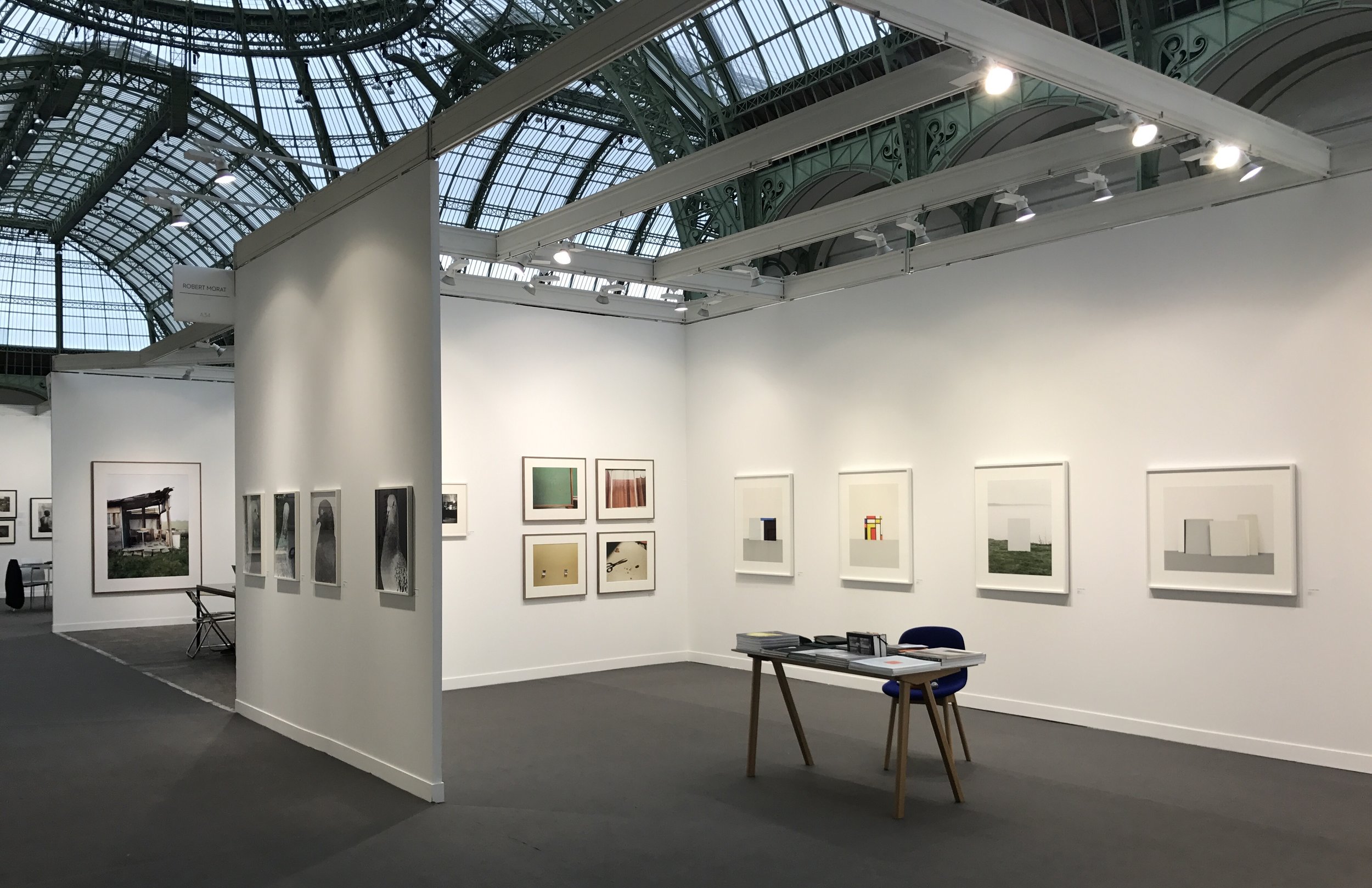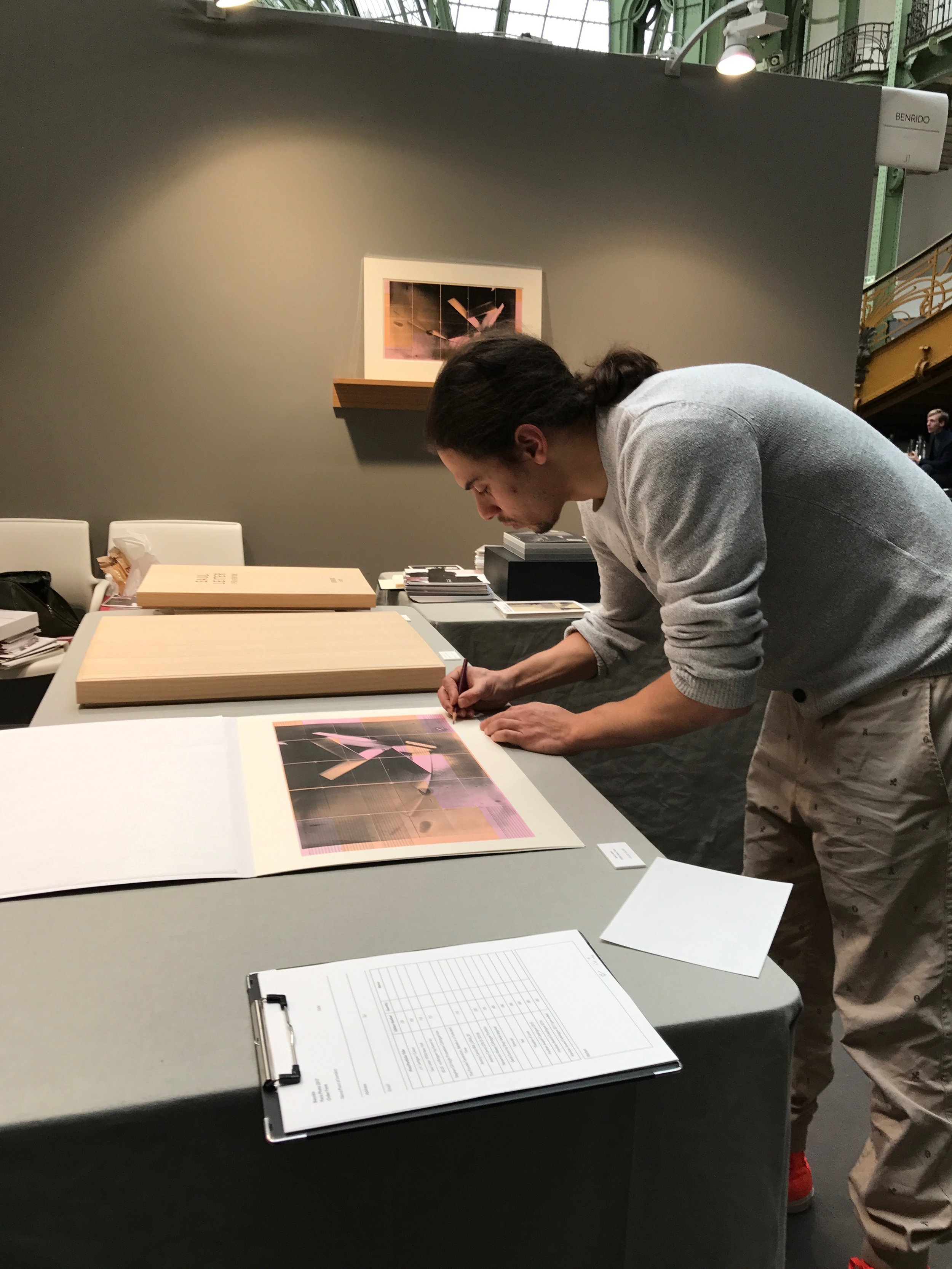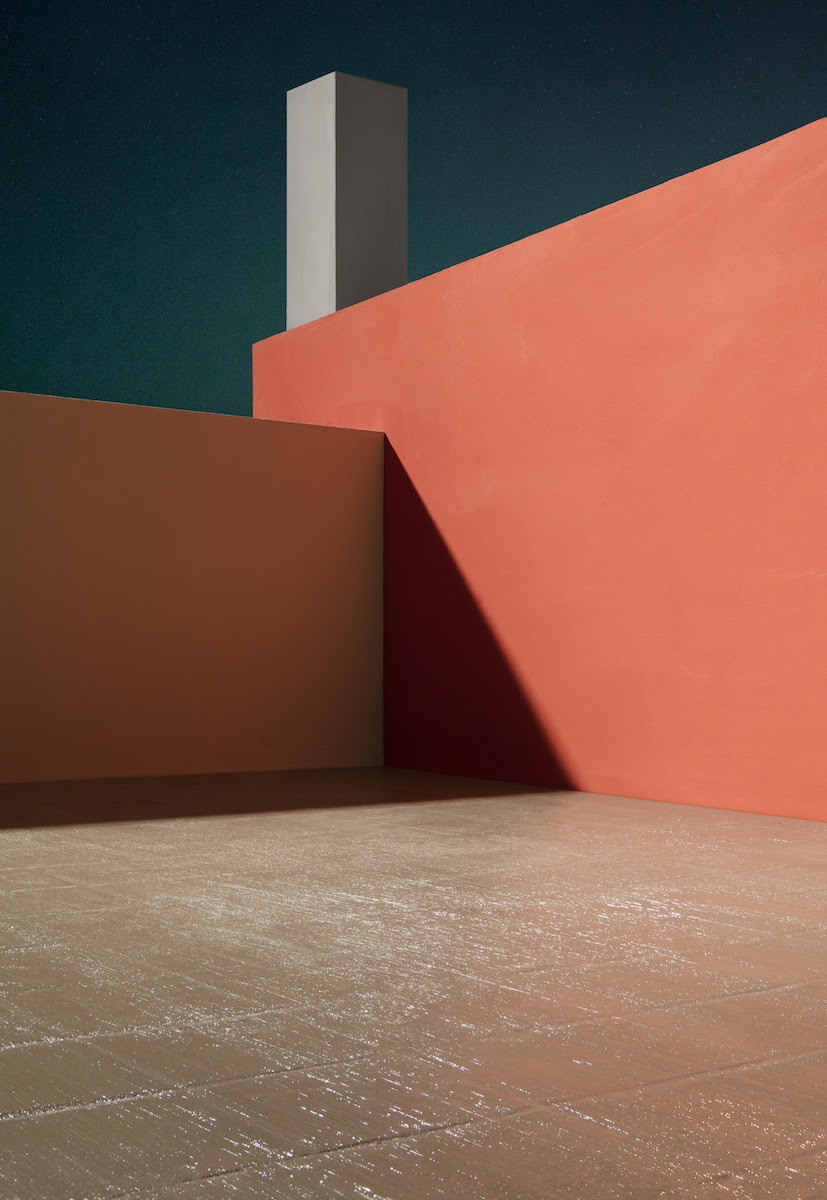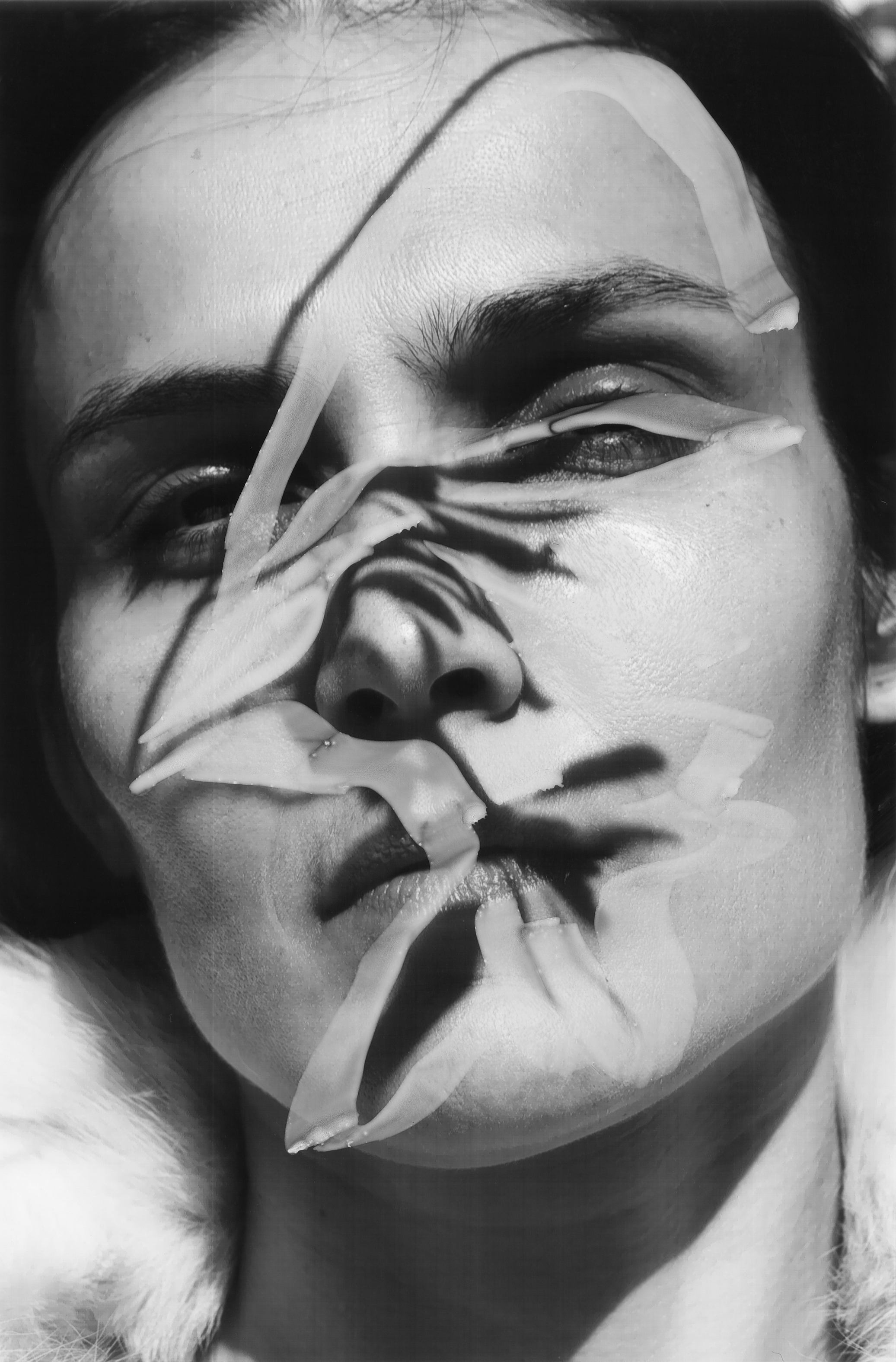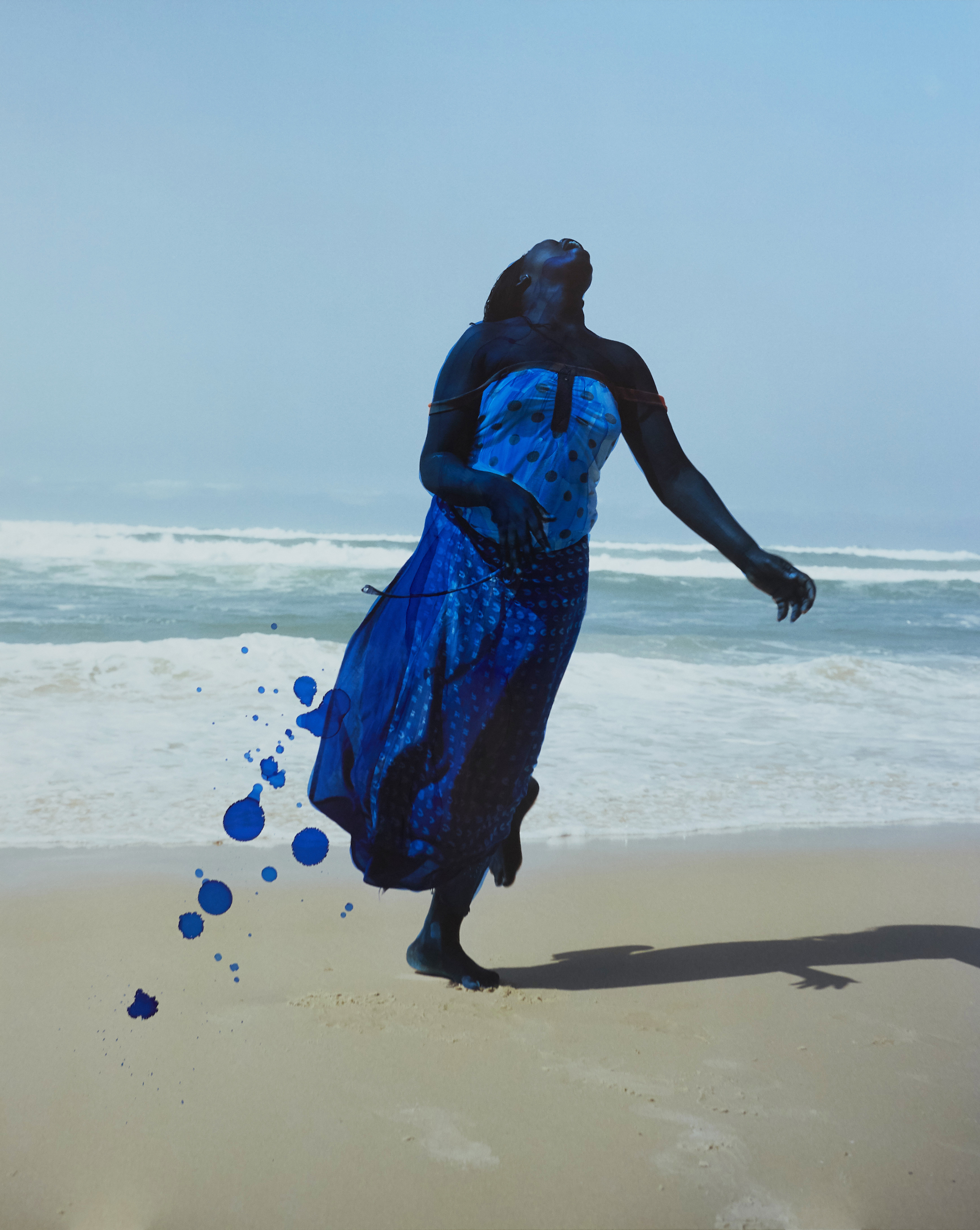Our local guide in Brussels, Jacinthe Gigou, does not consider herself a collector and yet she has many insights about finding and purchasing art that uplifts and inspires. Explore the pieces she has personally selected to surround herself with and learn why they are significant to her.
Image: © Morgane Delfosse
What is your personal philosophy when it comes to collecting art for yourself?
I am not a collector, I just like to have some pieces around me in my daily life. I have always been fascinated by art, even more so by artists. Owning one of their pieces also evokes for me their personality or a memory shared with them. Art uplifts and inspires me.
Can you tell us about one of your favorite pieces you have collected?
There are several I like a lot. They often touch on themes of time and disappearance.
1. I like vanities and their representations, making permanent something ephemeral. The graffiti artist Steve Locatelli, from Antwerp, paints skulls and crossbones more than anything else. This one almost taunts us with its smile, but it is brightened up by the vivid colours and the roses that surround it and comprise it. I think it is beautiful, it calms my fears, haha!
Work by Steve Locatelli. Image © Morgane Delfosse
2. Here is a piece by Léopoldine Roux, from Brussels, who often bases her work on old documents, in this case a postcard of a forest in Beirut onto which she has painted a host of coloured dots. It has a strange beauty; the perspective makes it almost architectural.
Work by Léopoldine Roux. Image: © Morgane Delfosse
3. Piotr has a way of depicting skies and nature which evokes the great Classical painters for me. The materials he paints on can be very unusual everyday things, in this case a vinyl record painted on one side.
Work by Piotr. Image: © Morgane Delfosse
4. This ceramic piece by Evor, from Nantes, is a sort of neo-rock, somewhere between a meteorite and an organic shape. I love ceramics because it reveals the void.
Work by Evor. Image: © Morgane Delfosse
5. This photo by Michel François, from Brussels, shows a detail of a book being passed from one hand to another. It was taken in Cuba in the aftermath of a hurricane. The hurricane’s victims are hurriedly recovering some of their belongings amid the wreckage of their homes. Saving a book is a very powerful symbol.
Work by Michel François. Image: © Morgane Delfosse
What is your advice for other contemporary art collectors today?
Follow young artists and creators.
Read Part 1, Part 2, and Part 3 of this series with our other local guides.
Take a tour with Jacinthe to learn more about her taste and contemporary art in Brussels!


























